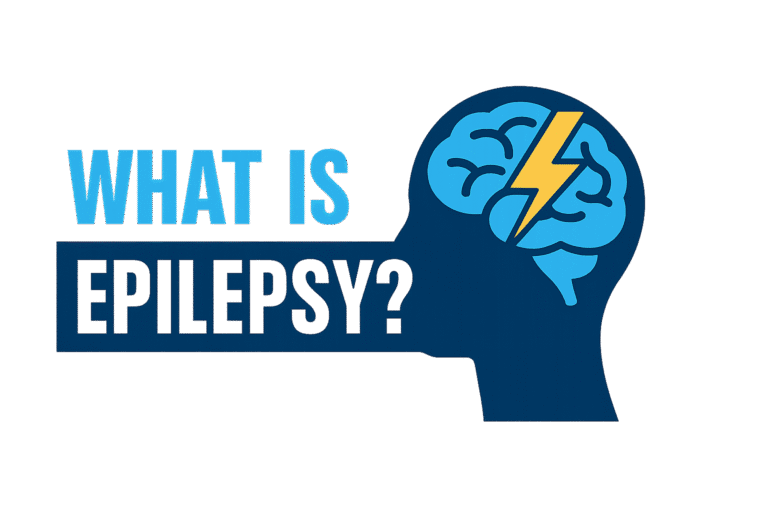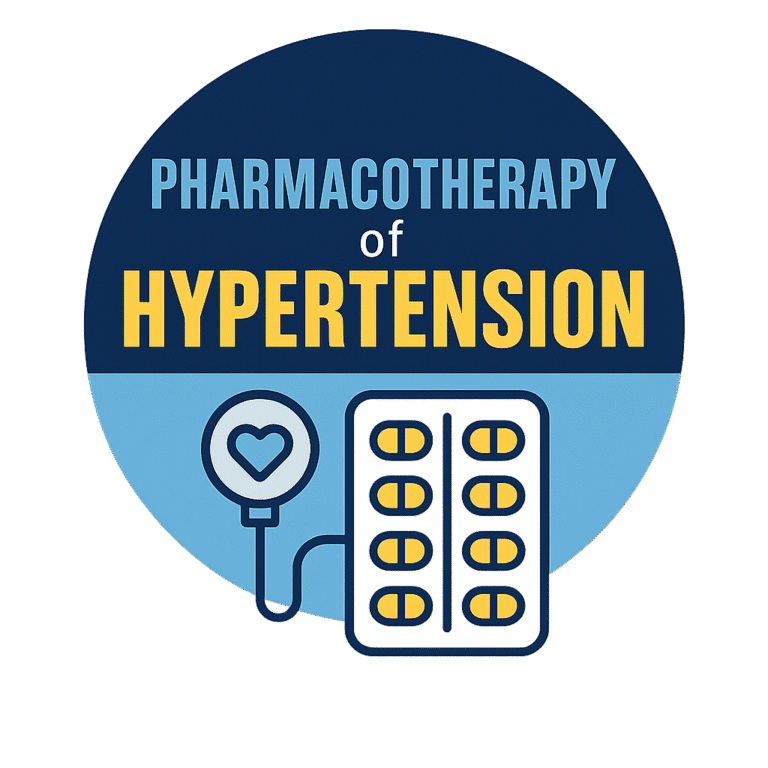
The chemical structure of vit D is complex. But it is a secosteroid. This means that it is a steroid compound that has been broken in half. Vitamin D exists in two main forms: vit D2 (ergocalciferol) and vitamin D3 (cholecalciferol).
Also, Mushrooms and fortified foods are sources of Vit D2. Vitamin D3 is found in animal-based foods, such as fatty fish and eggs.
Once the body consumes vit D, it is converted into a form that can be used by the tissues. This form of vit D is 1,25-dihydroxyvitamin D3 (calcitriol).
Calcitriol is a potent hormone that regulates many different processes in the body, including:
- Bone metabolism: Calcitriol helps to promote the absorption of calcium from the diet and the formation of new bone.
- Immune function: Calcitriol helps to activate the immune system and fight infection.
- Cell growth: Calcitriol helps to promote cell growth and differentiation.
Deficiency of Vitamin D
poor bone and muscle health are due to Severe vit D deficiency. calcium absorption, immunity, and heart function, as well as colon, blood, and bowel cancers.
Vit D obtained from sun exposure, foods, and supplements is biologically inert and must undergo two hydroxylations in the body for activation. The first hydroxylation, which occurs in the liver, converts vitamin D to 25-hydroxyvitamin D [25(OH)D], also known as “calcidiol.” The second hydroxylation occurs primarily in the kidney and forms the physiologically active 1,25-dihydroxy vitamin D [1,25(OH)2D], also known as “calcitriol”
Therefore, the recommended daily amount of vit D is 400 international units (IU) for children up to age 12 months, 600 IU for people ages 1 to 70 years, and 800 IU for people over 70 years.
- Guide for OPRA exam preparation course
- 3-Schizophrenia & Parkinson’s
- Anatomy of different body organs
- Pharmacokinetics (live)
- sample quiz 2
- OPRA Exam Preparation Course – PETC (newpetc.com)
💡 Related Reading: Top 5 Vitamins for Immune Health





